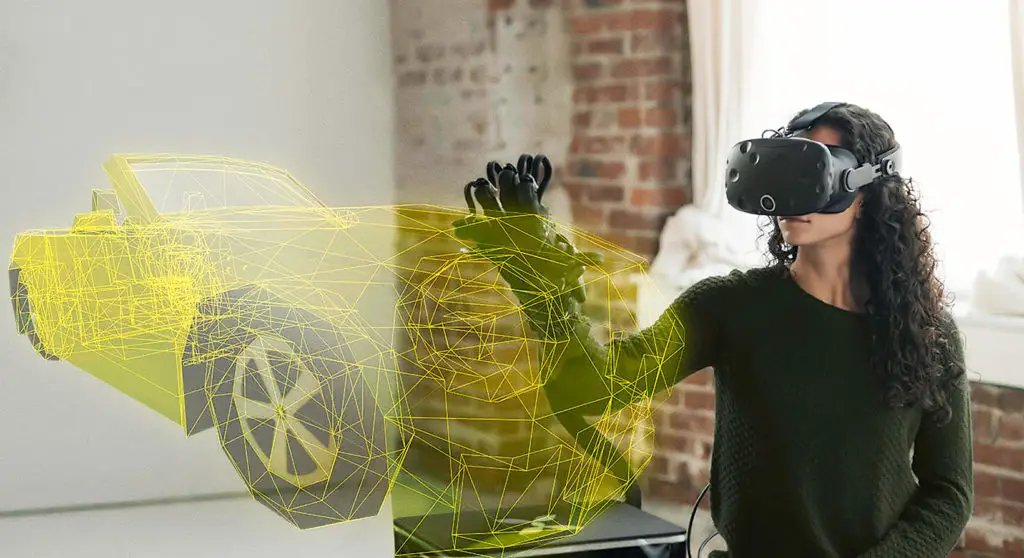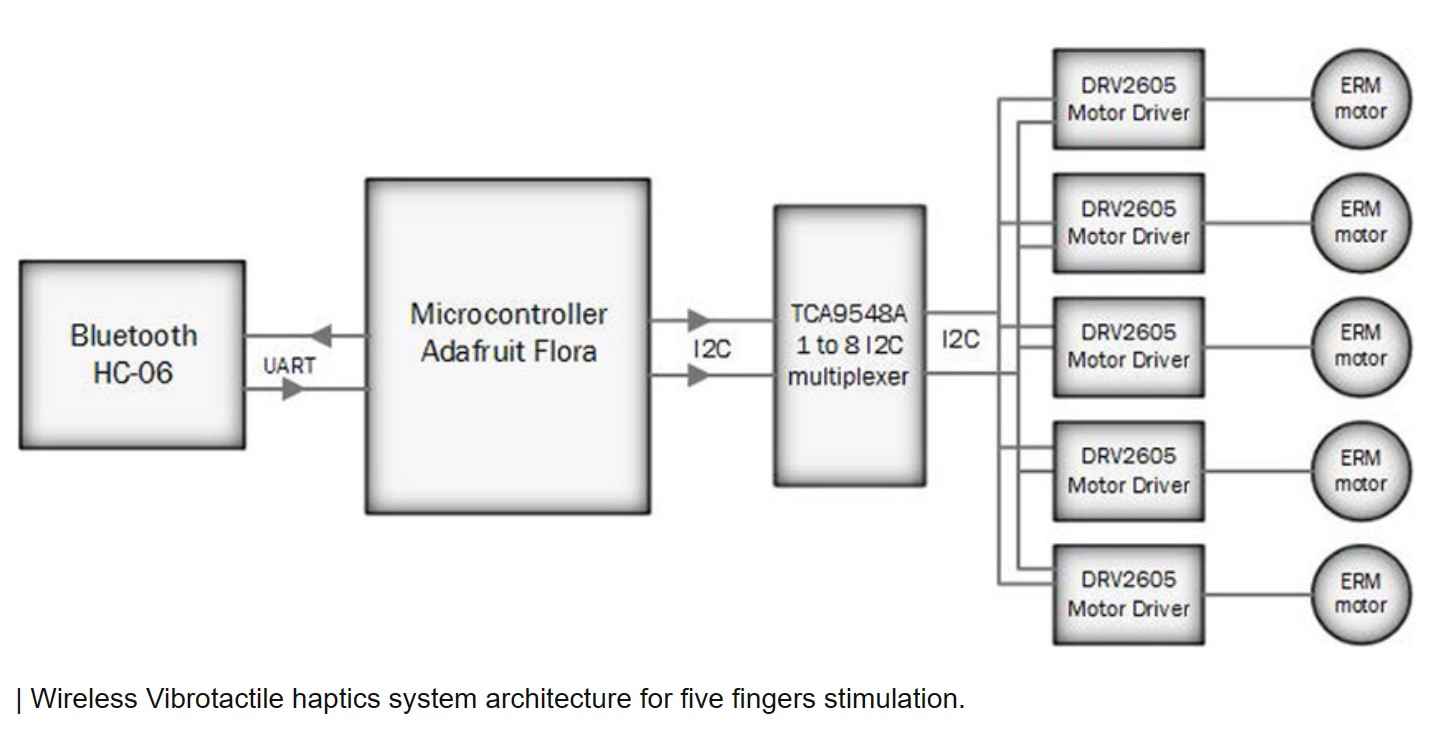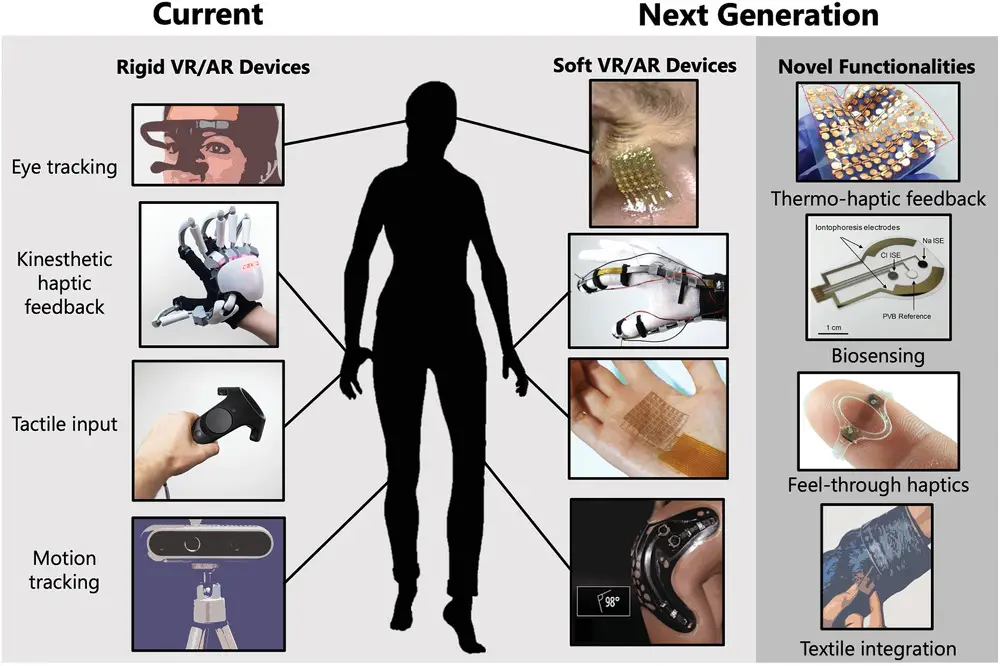Haptic devices are fascinating technological advancements that allow users to experience touch and other sensations virtually. These devices can provide feedback through various means, including vibrations, motions, and forces, creating a more immersive and interactive experience for users in various fields.
SEE ALSO: 5 Ways Drones (UAVs) are Advancing the Industries

How does haptic devices work
Haptic devices use mechatronic systems designed to deliver tactile and force feedback to users interacting with virtual or remote environments.
They translate digital information into physical sensations, creating a sense of touch and interaction with virtual objects or real objects in remote locations.



Haptic devices utilize various mechanisms to generate tactile feedback. Some common methods include:
- Vibrotactile feedback: These devices use small motors to create vibrations on the user’s skin, simulating different textures and intensities.
- Force feedback: These devices utilize actuators to apply forces to the user’s hand or other body parts, providing a sense of resistance and weight when interacting with virtual objects.
- Electrotactile feedback: These devices stimulate the nerves in the skin using electrical currents, creating a tingling sensation that can be used to represent specific textures or shapes.
Types of haptic feedback
- There are three main types of haptic feedback: vibratory, tactile, and kinesthetic.
- Vibratory feedback is the most common type and uses vibrating motors to create a tingling sensation.
- Tactile feedback uses actuators to create a more realistic sense of touch, such as the feeling of textures or bumps.
- Kinesthetic feedback uses motors and levers to create forces that resist or assist the user’s movement, simulating the weight and feel of objects.
Types of Haptic Devices
There are many different types of haptic devices, each with its own unique capabilities. Some common types of haptic devices include:
- Haptic gloves: These gloves can provide users with a sense of touch in their hands and fingers.
- Haptic vests: These vests can provide users with a sense of touch on their torso.
- Haptic controllers: These controllers can provide users with haptic feedback in their hands.
- Haptic exoskeletons: These exoskeletons can provide users with haptic feedback on their entire body.

Various applications of haptic devices
1. Virtual Reality (VR) and Augmented Reality (AR): Haptic devices can enhance the VR/AR experience by providing users with a sense of touch in virtual environments. For example, haptic gloves can allow users to feel the texture of objects in VR, while haptic vests can simulate the feeling of being hit or shot.
2. Gaming: Haptic feedback can be used to enhance the realism of gaming experiences. For example, haptic controllers can vibrate when a player is shot or runs into an obstacle.
3. Medical training: Haptic devices can be used to train surgeons and other medical professionals on how to perform delicate procedures. For example, haptic simulators can provide users with a realistic feel for the tissues and organs they will be working with.
4. Rehabilitation: Haptic devices can be used to help people regain strength and mobility after an injury or illness. For example, haptic gloves can help patients with hand injuries learn to move their fingers again.
5. Consumer electronics: Haptic feedback is becoming increasingly common in consumer electronics, such as smartphones and tablets. For example, some smartphones use haptic feedback to simulate the feeling of pressing a button.
Benefits of using haptic devices
- Increased immersion: Haptic feedback can make virtual and remote environments feel more real and engaging.
- Improved performance: Haptic feedback can help users perform tasks more accurately and efficiently.
- Enhanced learning: Haptic feedback can help users learn new concepts more quickly and easily.
- Greater accessibility: Haptic feedback can make virtual and remote environments more accessible for people with disabilities.
Future of haptic devices
- Haptic devices are still in their early stages of development, but they have the potential to revolutionize the way we interact with computers and technology.
- As haptic technology continues to improve, we can expect to see even more innovative and immersive applications in the future.
Here are some additional resources on haptic devices:
- Wikipedia: https://en.wikipedia.org/wiki/Haptic_technology
- Haptic Technology Alliance: https://www.hapticsalliance.com/
- The Engineering of Haptics: https://www.sciencedirect.com/topics/engineering/haptics
RELATED:



Comments